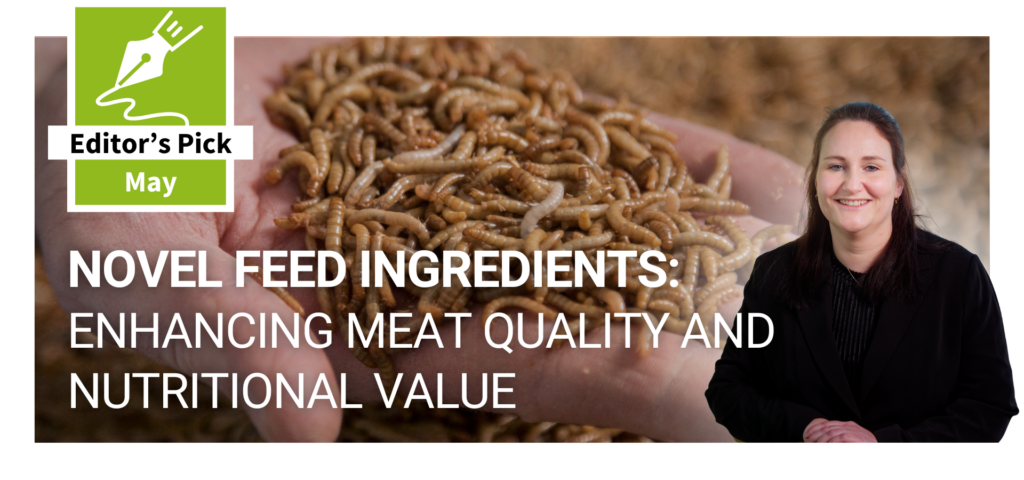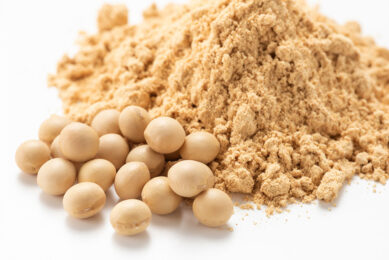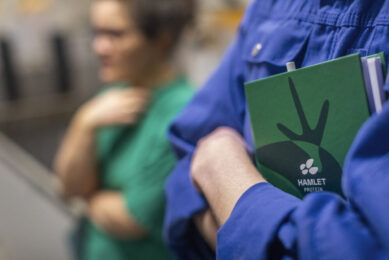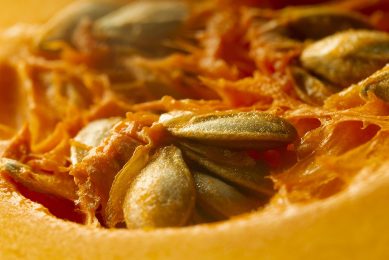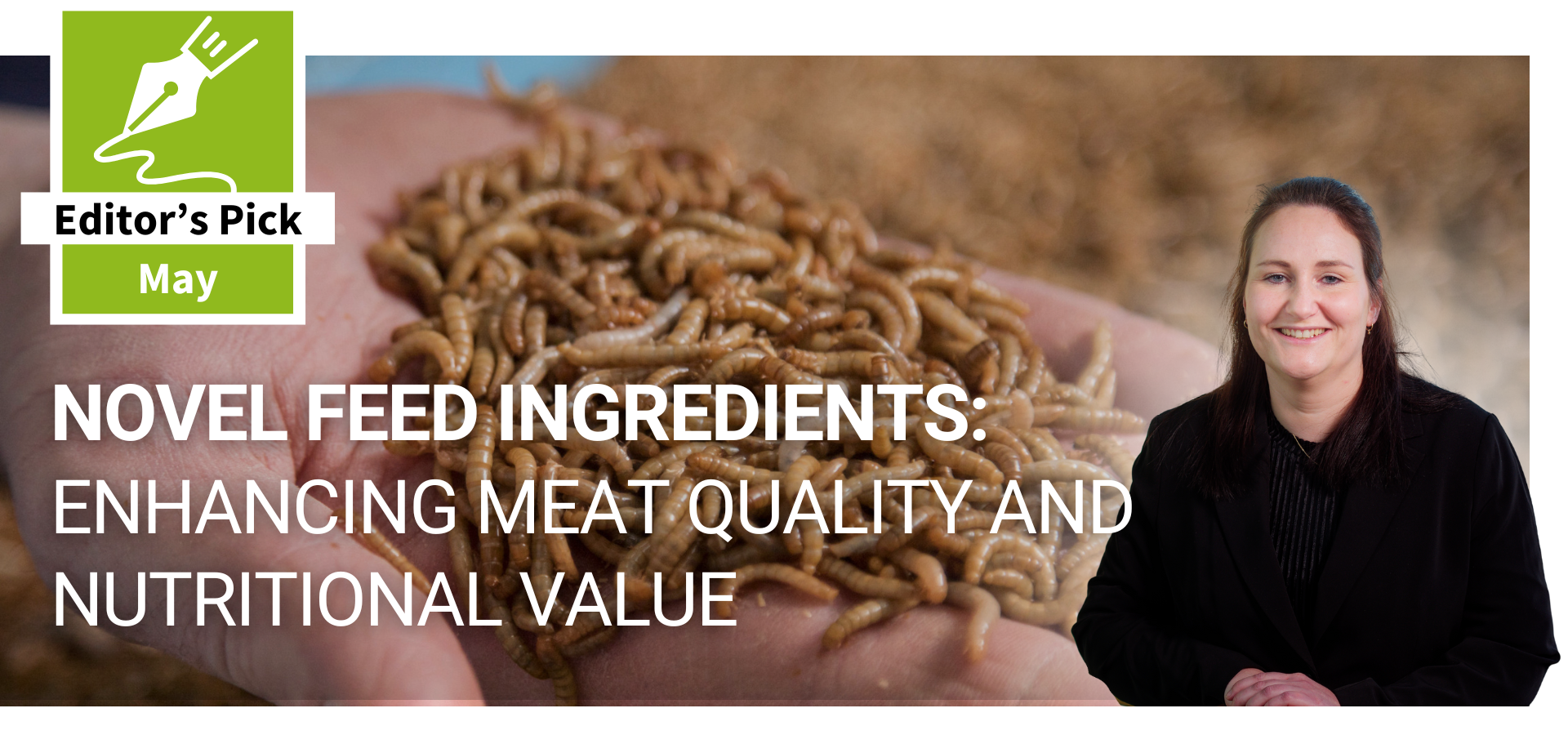Myanmar warns for foul fish feed imports from India
The Myanmar Aqua Feed Association is urging members to test all bags of raw materials used to make fish feed imported from India after some bags were found to contain waste products with no nutritional value, a spokesperson said.
Dr. That Mhoo, the association’s general secretary, said six companies are importing Indian-made soy meal. “We found that some bags contain up to 10% of waste products such as bean shell or other plant stems,” he said.
“This means there is less protein and fibre in each bag and the farmers must source more protein,” he added. Each bag weighs 30 viss (48 kg),” he added.
Dr That Mhoo said domestic feed producers are unable to meet demand for the product, so imports are required to fill the gap. However, imported feed is also cheaper by about 12%.
“A wave of Indian-made fish feed – about 4,000 tonnes – was imported between October and November,” he said.
He added that the importers had hired warehouses to store their feed, without making contracts with buyers. And soon as the imported feed arrived they were able to sell it quickly, Dr That Mhoo said.
10% waste
“The samples of the feed they gave us to test were quite pure but the imported bags they have been selling has between 5 and 10% of waste product,” the manager of a feed factory in Hlaing Tharyar said.
“They [the suppliers] promised that this would not happen again,” the factory manager added. He added that the imported soy meal had been distributed before either the association of factory owners had been able to adequately test its quality.
Some factories have their own laboratories but many do not. In Yangon, only the Livestock Breeding and Veterinary Department’s laboratory at Thaketa township can provide quality control certificates. But the costs of using the laboratory are too high for most.
“The price must be lower than that to encourage all the importers to test what their goods,” he said.



